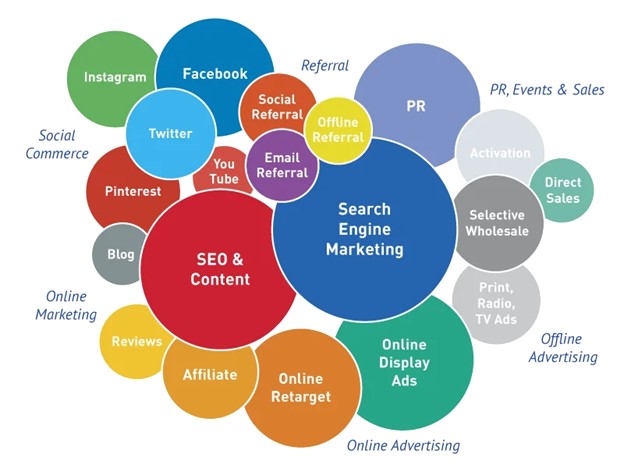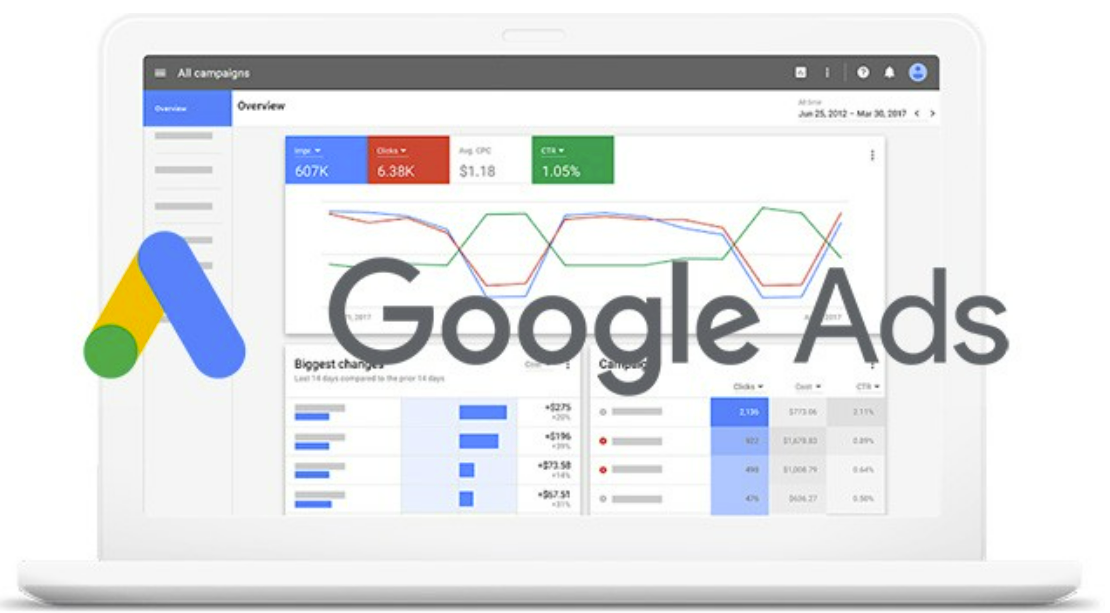Lead scoring is the foundation of any personalized marketing program, but it frequently falls short due to data constraints. It is also time-consuming, costly, and inflexible to your company’s changing needs.
Platforms for Lead Scoring and Marketing Automation (MAPs)
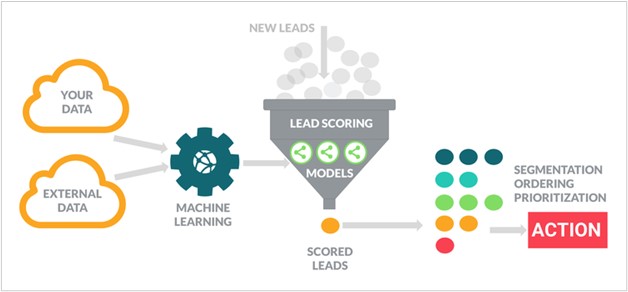
Lead scoring, which is often done with a MAP, is intended to provide a foundation for marketers like you to deliver personalized buying experiences. MAPs assign a letter or number value to each lead through a point-based scoring system in order to prioritize leads for sales teams, enable reps to send more personalized outreach, and fuel segmentation for marketing campaigns. And, while MAPs promise this automation as a means of driving personalization at scale, it is difficult to achieve due to messy data that is difficult to use.
Why Is Lead Scoring So Difficult?
Lead scoring can be a pain and ultimately complicate your life as a marketer. Its implementation takes time and money. To create a scoring model, you and your team implemented scores over the course of 3-6 months (or, in some cases, even longer).
Linear:
Lead scoring tools in MAPs are fixed and linear, and they only work if you know how much an ebook download or a visit to a certain website page is worth. Even though internal teams may have a good idea of which activities and traits should be valued more than others, their decisions are often based on opinions rather than facts. Without understanding historical conversion data, it is nearly impossible to get a clear picture of what should be the most valuable and where sales should spend their time.
Difficult To Maintain:
Because businesses change so quickly, lead scoring is likely to be out of date by the time it is used. And once the scores are set, it can take months or even longer to figure out what’s working and what’s not, depending on how long it takes your company to make a sale. This makes the information older every day.
Inflexible:
Most scoring systems don’t take into account how complicated business is (different geographies, segments, offerings, and more). For instance, if you serve customers in more than one area, each area may have different target industries, company sizes, etc. MAP lead scoring rules don’t make it easy to add all of these different factors and put leads in the right order. So, as a marketer, you have to make up automation rules and workflows on the fly to meet the needs of different internal teams and stakeholders.
Manual Lead Scoring Tips
While MAPs have the advantage of speed, machine learning, and global data, their inherent rigidity can be way off. You and your sales team know who the ideal prospects are and can adjust a lot faster than a machine algorithm. So instead of resigning yourself to months of tweaking and testing, open a spreadsheet and let’s do some old fashioned number crunching!
Step 1. Determine The Percentage Of Leads That Turn Into Customers
The number of new customers you get divided by the number of leads you get gives you your lead-to-customer conversion rate. Use this conversion rate as a benchmark.
Step 2. Pick Key Customer Characteristics Of Your Best Leads
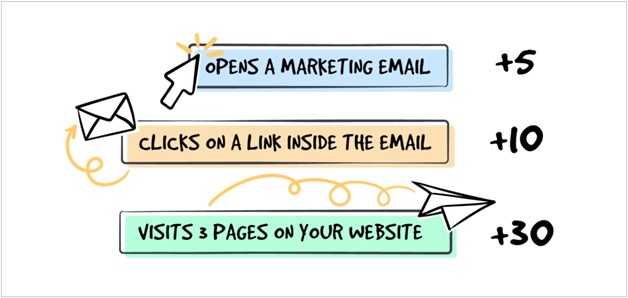
Don’t look to others. You know who converts for your company. Customers who at some point asked for a free trial, customers in the finance industry, or customers with 10 to 20 employees could all be attributes.
Choosing which attributes to include in your model is where marketing psychology comes in. You’ll choose attributes based on what you’ve learned from your sales team, your analytics, and other things, but in the end, it’s up to your judgment. Five different people could each do the same exercise and come up with five different models. That’s fine as long as your scores are based on attributes that contribute to a conversion in your opinion
Step 3. Determine How Often Each Of These Attributes Leads To A Sale On Its Own
It’s important to figure out the close rates for each action someone takes on your website or the kind of person who takes that action, because that will tell you what to do next.
So, figure out how many people become qualified leads and, eventually, customers based on what they do or how they are related to your core customer.
Step 4. Compare The Close Rates Of Each Attribute To Your Overall Close Rate
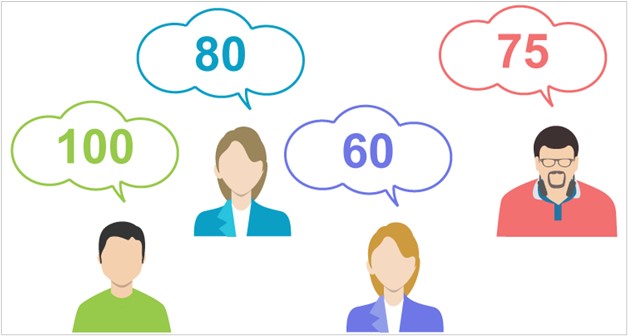
Look for the features that have a much higher close rate than your overall close rate. Then, choose which traits will get points and how many points each will get. Base the number of points each attribute is worth on how often it closes.
The actual point values will be a bit random, but try to be as consistent as you can. For example, if your overall close rate is 1% and your “requested demo” close rate is 20%, then the close rate of the “requested demo” attribute is 20X your overall close rate, so you could, for example, give 20 points to leads with those attributes.
Quarterly Lead Scoring Reviews
Like most other marketing metrics, lead scoring is not set-it-and-forget-it. Integrate quarterly reviews of your lead scoring attributes. If they are not up to the expectations of the sales team (too many sub-par leads getting through), adjust your scoring accordingly.
You don’t need a complex marketing automation program to score leads. But you do need to stick to your policies once you put them in place. Staying in communication with your top sales performers will help considerably. When you work with sales to provide them with better leads, they will go out of their way to help you help them!


